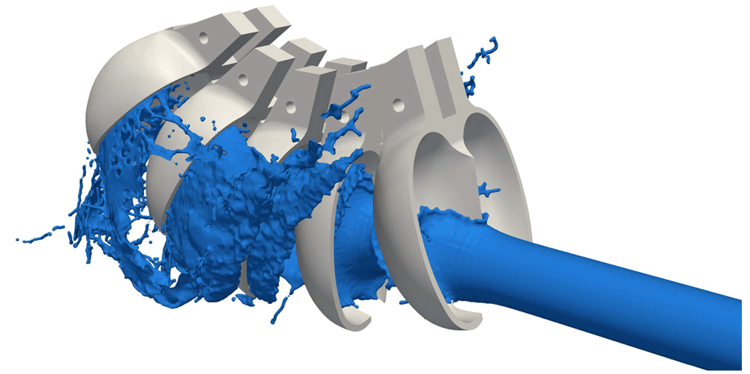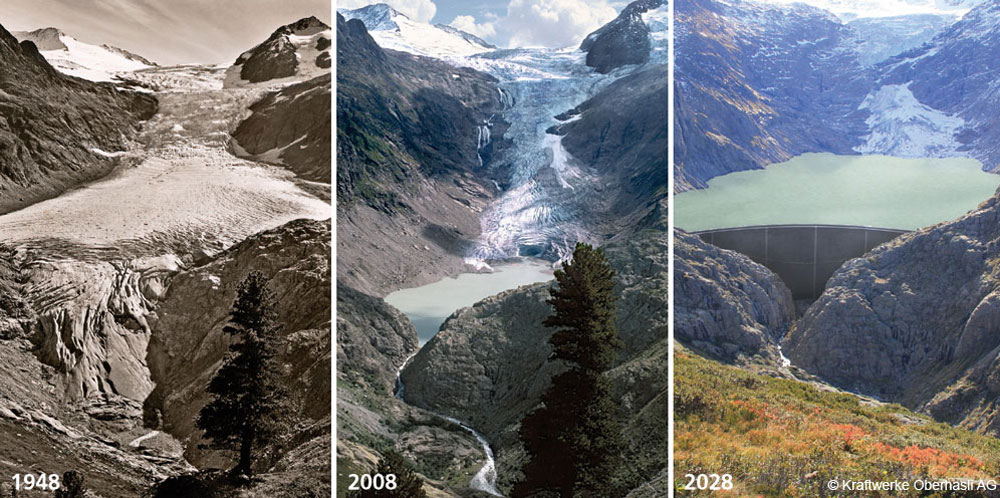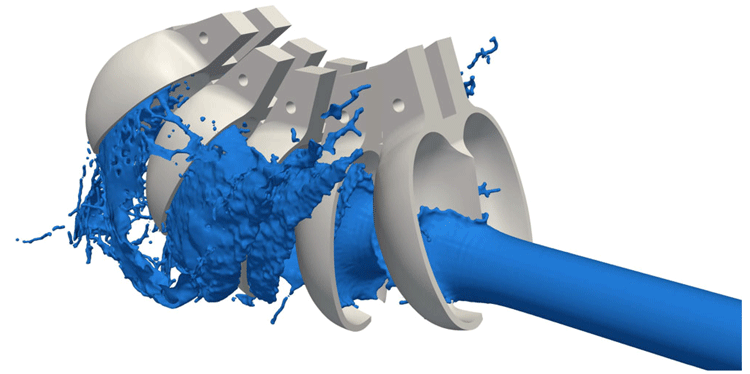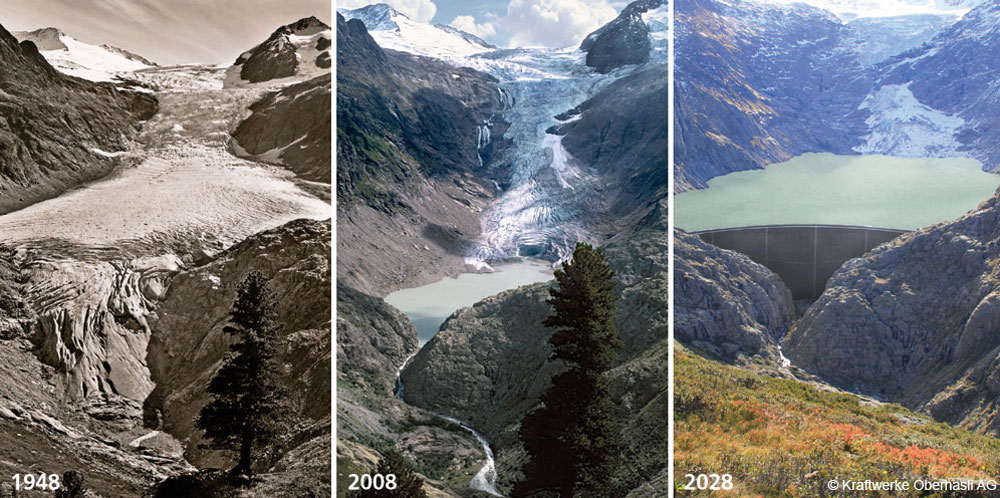Hydropower in Switzerland – meeting the challenges of the future?
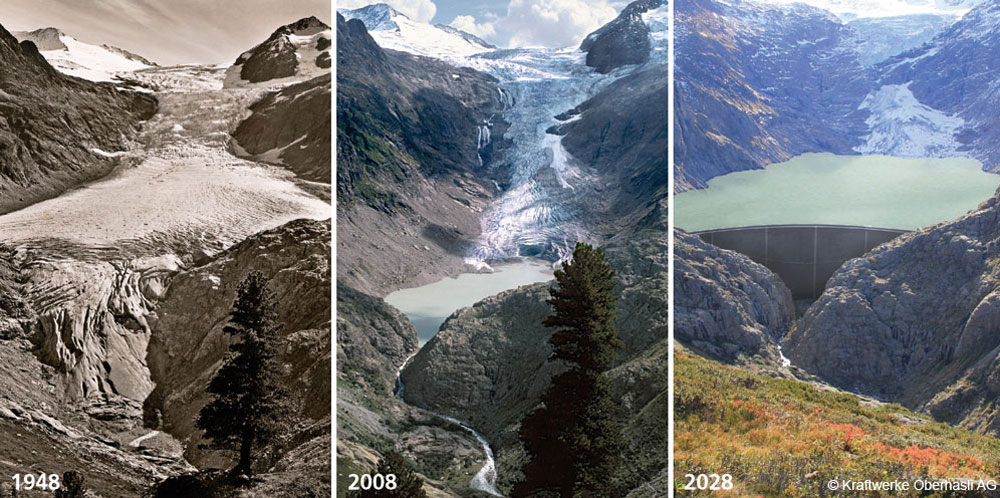
12 July 2016 - by François Avellan
The collapse of the wholesale electricity market in 2015 is bringing pressure to bear on the economic model of our power stations. This happened at a time when there was never a greater need to exploit and develop the use of our main source of primary energy: hydropower.
To make up for the decision not to renew the Swiss nuclear power plants, the Federal Council's energy strategy is banking primarily on increasing Switzerland's hydropower output by at least 10 % by 2050 (in 2014, 39.3 TWh was generated). However, this strategy is now under threat because current market conditions are upsetting the balance sheets of our energy producers and forcing them to sell off assets, i.e. their hydroelectric plants, to cut their debts. Added to this is the uncertainty associated with the imminent expiry of operators' licences and the conditions for their renewal. After all, water rates currently account for as much as one third of the cost of a generated kWh of energy. So not only will output have to be increased by 10 %, more importantly the existing generating capacity of around 15 GW will have to be modernised. This is where SCCER-SoE comes in.
The sun shines at midday
There are two main reasons for the threat hanging over the wholesale electricity market:
- The first concerns are today's extremely low cost of power, roughly € 0.03 per kWh, which does not cover the prime costs of our hydropower, which can be more than double that amount. This very low price is due to an overcapacity that can be attributed to the depressed economy in recent years, which prompted low demand for electricity in Europe. Furthermore, there is an abundance of available coal, which is not being offset by the extremely low cost of emission certificates, available at around € 5 per tonne of CO2. These emission rights were deliberately awarded over-generously to avoid penalising Europe's industries in the throes of an economic crisis!
- The second reason has to do with the subsidised development of wind and solar generating capacity. This has changed intraday trading conditions, since the well-known midday peak in demand from which our pumped storage power plants benefited so greatly has been wiped out by the generation of solar power. After all, the sun shines at midday.
The opportunity
Nevertheless, the inherently intermittent nature of wind and solar power generation means that the grid has to have controlled capacity to compensate in short term the difference between demand and supply. After their modernisation, our current hydropower plants could provide this in an efficient way and not associated with greenhouse gas emissions, unlike gas-fired power stations. Certainly, herein lies a future opportunity if a controlled capacity market is established. Of course, this will require technological adjustments at our hydropower facilities, necessitating additional investment.
The challenges ahead
So the hydropower sector faces a number of major challenges, but also has the opportunity to contribute towards the development of other renewable sources of energy. For instance, besides coping with foreseeable climate change, which impacts the spread and type of hydropower facilities and thus directly affects the conditions under which hydroelectric power plants can be run, the sector will also have to adapt to a volatile economic context in light of the numerous concessions that are about to expire. And yet, in addition to this economic context, hydroelectric facilities and the way they are run will also have to change, to minimise their environmental impact and comply, without exception, with the conditions imposed by the latest amendment of the Waters Protection Act (WPA). Given the complexity of this situation, the Swiss Competence Center for Energy Research – Supply of Electricity (SCCER-SoE) has identified five key points that will be decisive for phase two of its project.
It will have to
- draft specifications on both the infrastructure of hydropower plants and their operation, with a view to enhancing their flexibility;
- take account of how climate change will impact hydropower as a resource and then devise strategies for renovating hydroelectric plants;
- manage the environmental consequences of extreme natural events and hydropower facilities' newly defined operating conditions, e.g. those associated with rapidly fluctuating flows to comply with the provisions of the WPA;
- develop design methods that take account of the intrinsic ups and downs of the economic cycle; and finally
- manage sedimentation in storage reservoirs to enable the sustainable operation of pumped storage generating facilities.
Accordingly, during the second phase of the SCCER-SoE, the researchers at technical universities and federal departments will have to team up with partners in the hydropower sector and join forces in an intensive, integrated effort to develop numerical models applying to the various aspects of running hydroelectric facilities. These models will range from producing more-or-less long-term forecasts of the availability of hydropower to simulating the erosive effects of sediment on the components of turbines, to predict maintenance requirements. Moreover, a portfolio of innovations is currently being compiled, with a view to attaining the highest possible level of technological maturity. In addition to this, phase two of the project will also aim to set up demonstrators covering the renovation and management of a grid of more than 20 facilities of modest unit power, where the implementation of strategies for renovating existing plants meets the aforementioned objectives, e.g. the FLEXSTOR project in partnership with KWO (learn more about this project in the SCCER-SoE Newsletter 1 / 2016, in German).
Political consensus
One thing is certain: the mobilisation of the scientific capabilities within the SCCER-SoE will enable the set technological objectives to be met. However, it is essential that a political consensus be reached by local authority concessionaires, in particular the cantons and / or municipalities to negotiate legal and economic conditions with operators that safeguard the sector's future, especially the conditions governing water rates. This is the price to pay for attaining the Federal Council's ambitious objective.
This article can also be found in the Blog of the SFOE energeia+.
Author
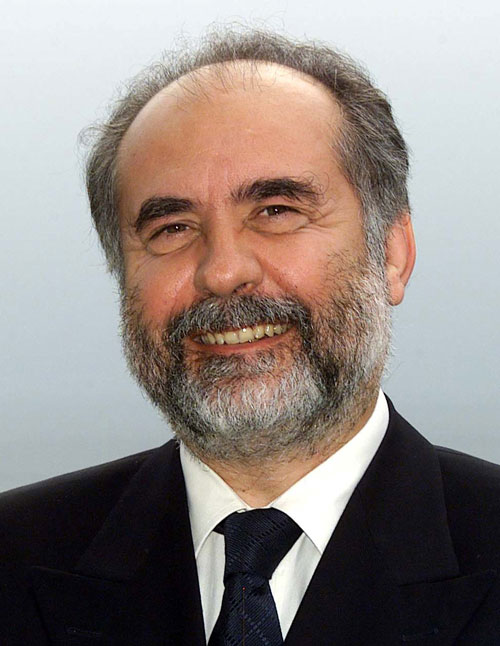
Professor François Avellan is the Deputy Head of the SCCER-SoE and Professor of Hydraulic Machines at the Institute of Mechanical Engineering at EPF Lausanne.

